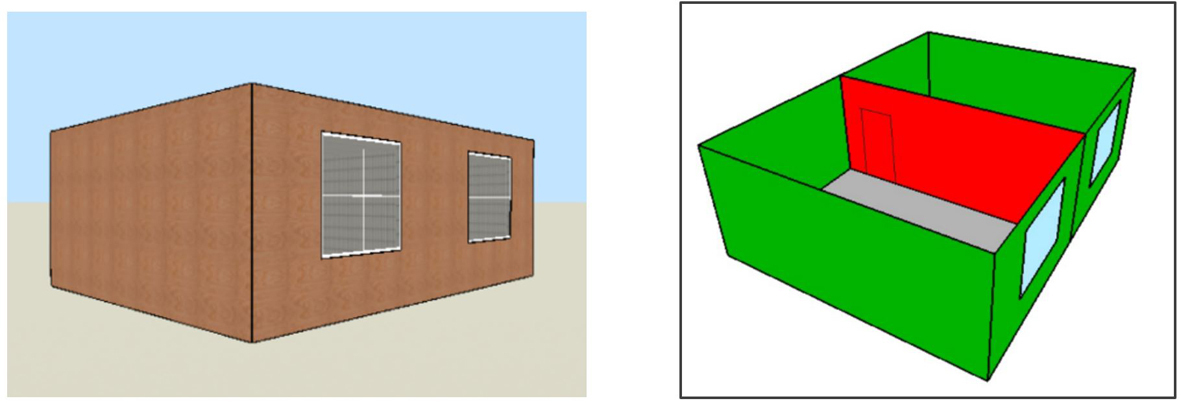PCM enhanced concrete panels allow to reduce overheating in lightweight buildings
1
Wydział Inżynierii Lądowej, Politechnika Krakowska, Poland
2
Department of Civil Engineering,, Velammal College of Engineering and Technology,, India
Submission date: 2024-03-03
Acceptance date: 2024-05-21
Publication date: 2025-06-16
Corresponding author
Katarzyna Agata Nowak
Wydział Inżynierii Lądowej, Politechnika Krakowska, Warszawska 24, 31-155, Kraków, Poland
Wydział Inżynierii Lądowej, Politechnika Krakowska, Warszawska 24, 31-155, Kraków, Poland
Archives of Civil Engineering 2025;71(2):143-157
KEYWORDS
TOPICS
ABSTRACT
The article presents the results of research on the thermal and mechanical properties of concrete slabs with pumice aggregate soaked with dodecanol, i.e. organic material that changes its phase at +24oC. The use of concrete panels, with a 4% mass content of PCM as the internal cladding, allows for a significant change of thermal capacity of the building and, consequently, a change of internal microclimate. In a very simple simulated object with a light wooden structure, intensively cooled during the night, the influence of internal cladding on thermal comfort in the summer was analysed. It has been shown, that PCM cladding in form of the 3.5 cm thick concrete panels effectively limited the temperature increase and significantly shortened duration of discomfort conditions. The maximum daily fluctuation of operative temperature of 15 K in a lightweight building, has been limited by PCM panels to 8 K. Reduced to 2 cm panel thickness only slightly worsened internal conditions and can be treated as a reasonable compromise for lightweight technologies. In the case of significantly oversized window area, regardless of the actual space thermal capacity, it is not possible to maintain thermal comfort only by means of the passive cooling methods
Share
RELATED ARTICLE
We process personal data collected when visiting the website. The function of obtaining information about users and their behavior is carried out by voluntarily entered information in forms and saving cookies in end devices. Data, including cookies, are used to provide services, improve the user experience and to analyze the traffic in accordance with the Privacy policy. Data are also collected and processed by Google Analytics tool (more).
You can change cookies settings in your browser. Restricted use of cookies in the browser configuration may affect some functionalities of the website.
You can change cookies settings in your browser. Restricted use of cookies in the browser configuration may affect some functionalities of the website.




